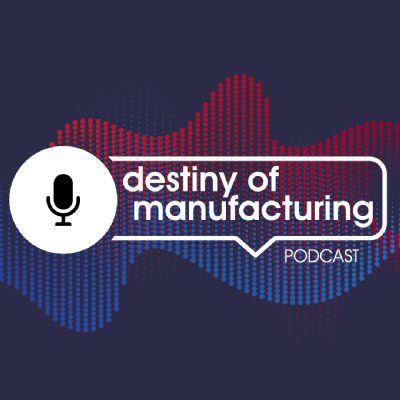Hunkering Down—Not a Temporary Mindset
August 1, 2024Comments
We continually are asked when we expect the industry to pick up. Business owners and managers want to know the forecast for durable in the near and long term, and when volumes will come back.
Our honest opinion: We don’t know. High interest rates, inflation and the 2024 presidential election has consumers and business owners worried. In the 2024 Harbour IQ (HIQ) powered by Wipfli Manufacturing Benchmarking study, sentiment and the HIQ Manufacturing Index have dropped after ticking up in Q1 2024.
For the past 10 months we have talked about the need for manufacturers to “hunker down” in order to manage instability in the marketplace and lack of demand. While we have not changed our opinion, we have realized the term “hunker down” conveys a perception that the actions are temporary. This is not all-together accurate.
The hunker-down strategies we recommend to companies suggest actions that leadership should take regardless of the state of the economy or the demand for durable goods.
In today’s business environment, leaders need to collect and review data to make informed business decisions. This is not a temporary practice but one that should occur consistently. Once managers acquire the required data—financial, operational and workforce-related—they should then develop a dashboard that can be reviewed on an ongoing basis, and make proactive decisions to protect the company’s profits. To be competitive, it’s critical for manufacturers to continuously work on the business.
Hunker-Down Strategies
Among the strategies managers can deploy to protect their business’ success:
Financial Strategies
- Cash-flow Management: Closely monitor and manage cash flow to ensure liquidity.
- Access to credit: Secure lines of credit or other financing options as a precaution.
- Debt management: Manage debt levels and consider refinancing options if needed.
- Expense reduction: Identify and reduce non-essential expenses.
- Efficiency improvements: Optimize processes to reduce waste and increase productivity.
- Fixed-cost minimization: Shift some fixed costs to variable costs where possible.
Workforce Management
- Reduce workforce: Don’t be afraid to strategically downsize your team or to implement flexible staffing arrangements.
- Training programs: Invest in training to improve employee skills and productivity—do more with less.
- Employee communication: Keep employees informed about the company's situation and plans.
Supply-Chain Optimization
- Diversify suppliers: Reduce reliance on single suppliers by diversifying your supplier base.
- Inventory management: Maintain optimal inventory levels to avoid excess stock and shortages.
- Logistics planning: Improve logistics to ensure timely delivery and reduce transportation costs.
Customer-Relationship Management
- Customer engagement: Maintain strong relationships with key customers and regularly communicate with them.
- Diversify customer base: Explore new markets or customer segments to reduce dependency on a few major customers.









 Podcast
Podcast